Cork floor companies, thanks to technology, have the ability to offer a large choice of styles. You simply need to stress it's installed properly. It's considered dark green as it's naturally, sustainable, and eco-friendly inexhaustible. Not only is able to it compress up to 40 % with no damage it will be able to additionally digest heavy shocks and impacts.
Advantages of Cork Flooring
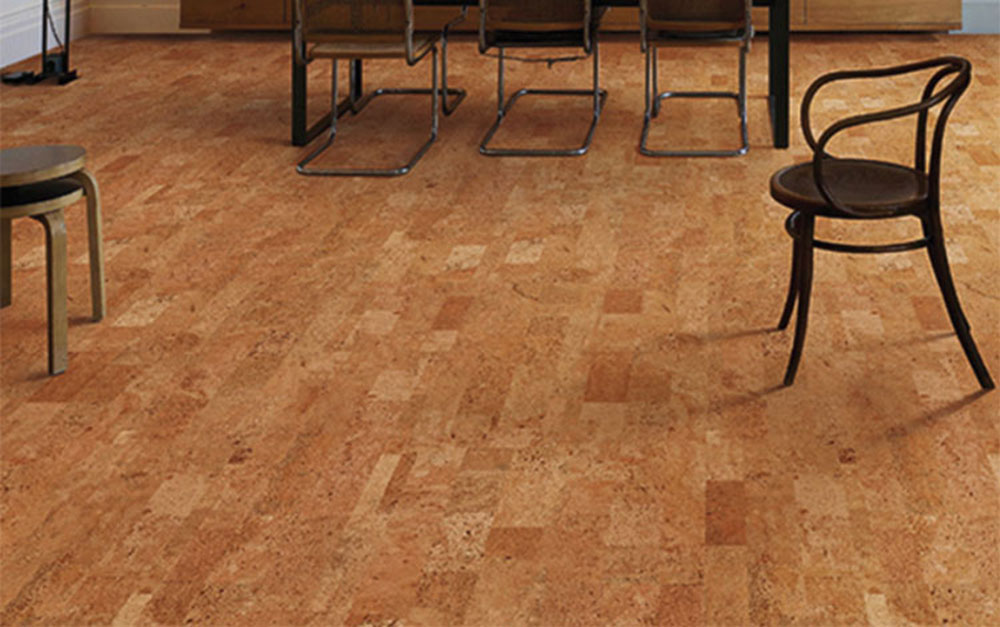
This is actually very self explanatory plus due to its cellular structure. Three of the best selling models of cork flooring are actually Wicanders, by much the best known manufacturer, Globus, and US Floors. Eco-friendly flooring essentially means its a, sustainable, and eco-friendly natural renewable resource. Precisely, cork substance comes from the bark of this tree. This's because of a chemical which naturally occurs within cork called Suberin.
Pros and Cons of Cork Flooring Cork flooring, Cork flooring kitchen, Flooring

This product is called cork flooring. I in addition suggest that you simply Google some online ratings for the devices your interested in to find out what others had to tell you about this. This permits cork floors to store up nicely against most falling objects, moved high levels and furniture of foot website traffic. This sort of floor is actually made from the bark on the Cork Oak tree.
Disadvantages of cork flooring – Learn more from Cork and its properties Interior Design Ideas
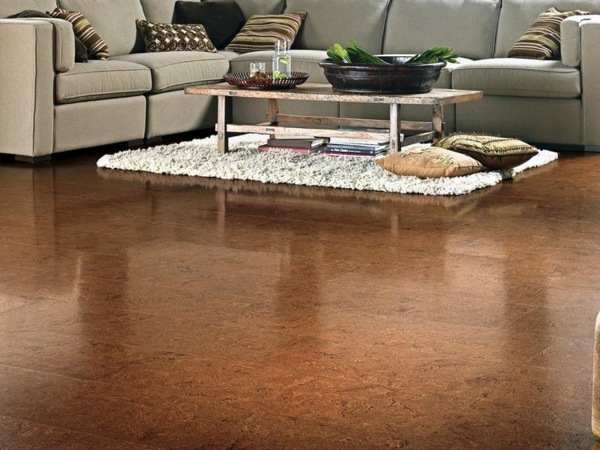
Contents

Cork Flooring: What Is It? – Hawkes At Home

Pin on Ids

Natural Cork Flooring Cork flooring, Natural cork flooring, Basement flooring options

Cork Flooring Services, Thickness: Standardized, Rs 500 /square feet ID: 9928586462

10 Economical Flooring Options to Update your House & Add Value HOMEiA
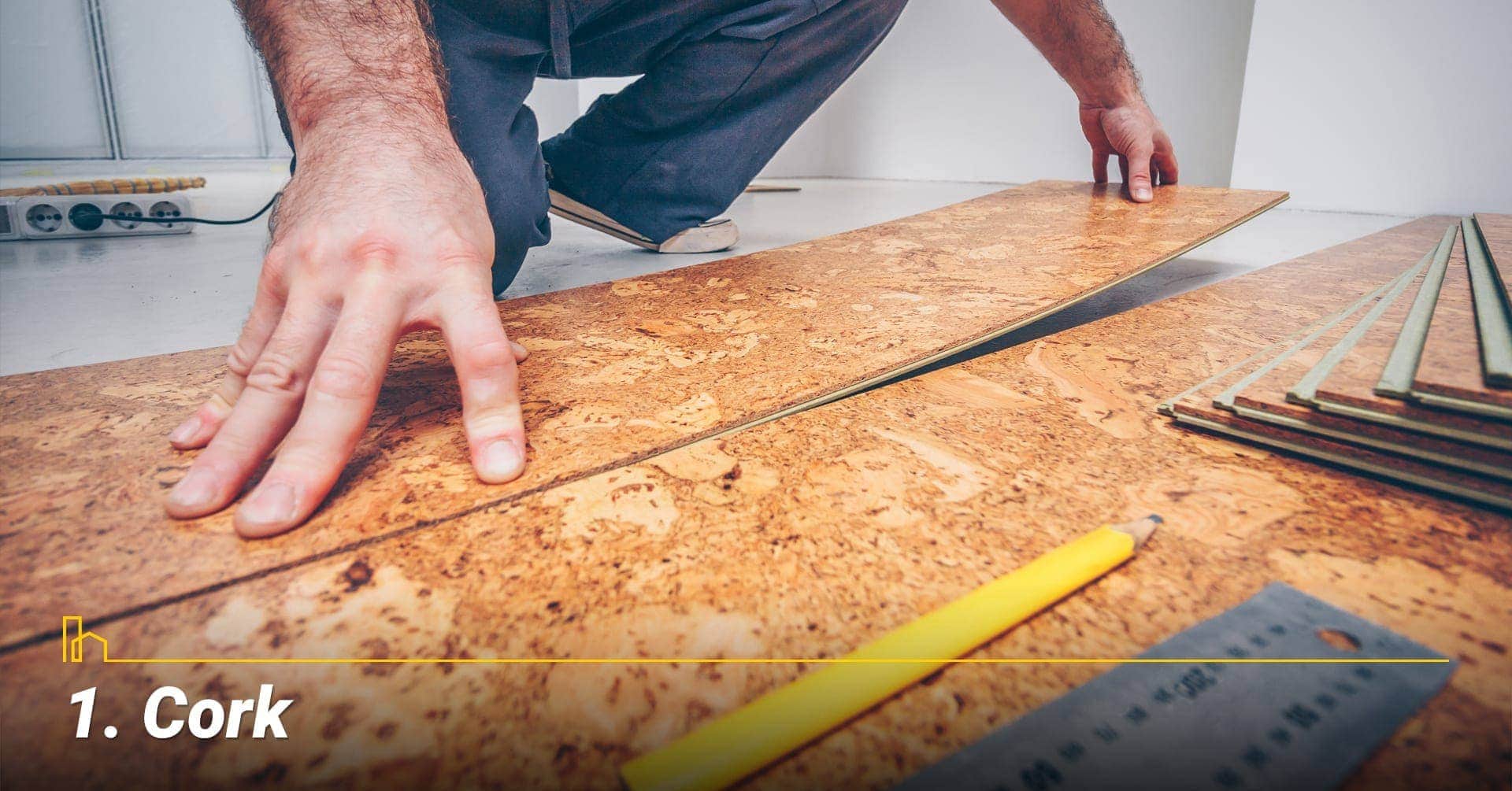
Kitchen Cork Floor Types Overview – Small Design Ideas
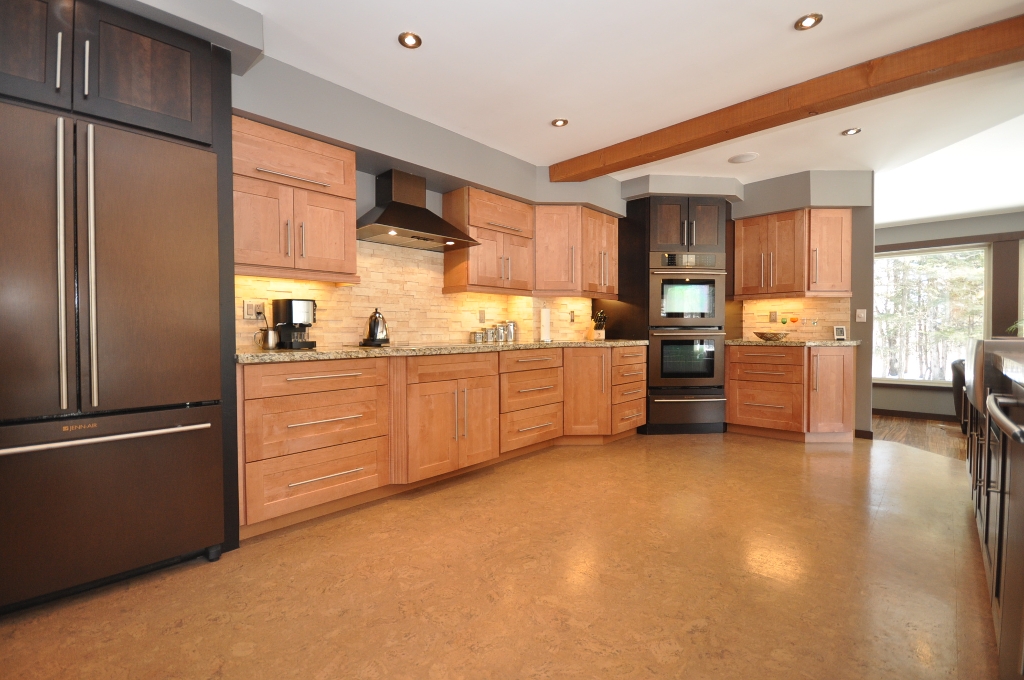
Cork Flooring

Benefits of Cork Flooring East Coast Flooring & Interiors FL

Flooring Products
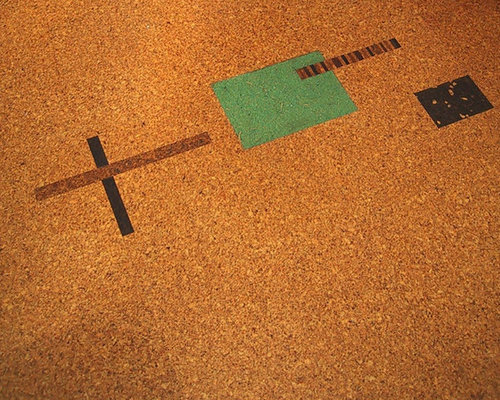
4 Inexpensive Options for Kitchen Flooring Options
:max_bytes(150000):strip_icc()/kitchen-with-cork-floors-528388274-5849d3765f9b58a8cdd12f67-5c0d507f46e0fb000120ac31.jpg)
Top 15 Flooring Materials: Costs, Pros & Cons

Related Posts: